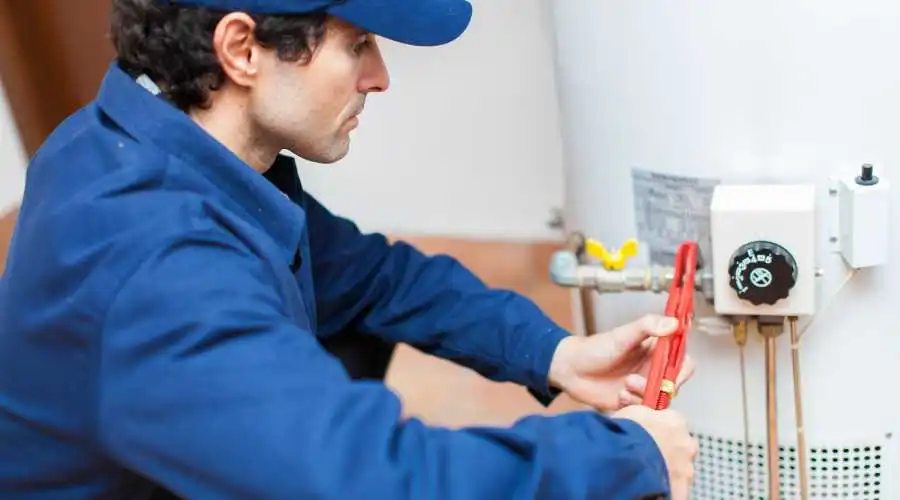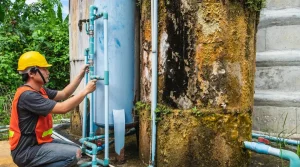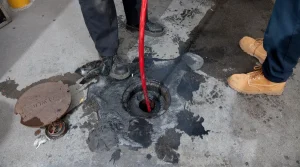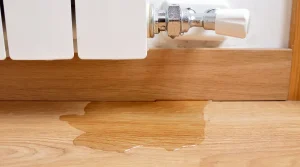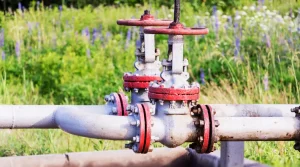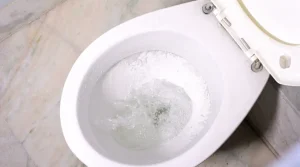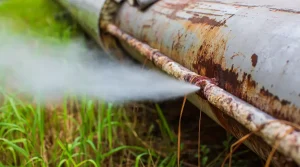Preparing your plumbing for fall is essential, as colder weather brings new challenges. With these practical maintenance steps, ensure your pipes, drains, and heaters are ready for the season.
Key Takeaway:
- Taking preventative measures in autumn can help you avoid costly plumbing issues in winter. Key steps include insulating pipes,
- maintaining water heaters, clearing drains, and sealing gaps to prevent freezing and burst pipes.
Ways to Prepare Your Pipes for Fall
Preparing your plumbing system is essential as fall brings cooler temperatures and increased rainfall. With Canada’s often unpredictable weather, failing to safeguard pipes and other components can lead to leaks, damage, and expensive repairs. Here’s a comprehensive guide to reading your pipes for the colder months.
Common Plumbing Concerns in Fall
1. Freeze and Burst of Pipes
In colder regions, like many parts of Canada, Because pipes are susceptible to freezing, they may rupture. During severe cold spells, pipes can freeze at temperatures as low as -3°C, cutting off water flow and potentially flooding your home once they thaw. Toronto alone saw over 200 calls to police in one winter due to frozen pipes—a clear reminder of how critical it is to prepare plumbing in the fall.
2. Unreliable Heaters
As fall cools the ground and underground pipes, your heating system must work harder to raise the water temperature. If left unchecked, this added strain can wear out your water heater faster and potentially lead to failure. Losing access to hot water in the fall could mean waiting longer for repairs, as plumbers are often in high demand.
3. Drain Obstruction
Falling leaves, while beautiful, often clog outdoor drains, gutters, and even indoor plumbing. Leaves and other debris can block water flow, leading to backups and water damage. When gutters and drains are not well-maintained, leaks and your home may sustain structural damage.
Getting Your Plumbing Ready for Fall
1. Clean Drains and Gutters
Leaves and debris quickly accumulate in gutters and downspouts, leading to clogs and overflow, which can result in costly water damage. Routine maintenance of gutters is essential help shield your home’s structural integrity and stop leaks.
Tip: Clean gutters thoroughly to prevent blockages, and To keep debris out, think about putting gutter guards in.
2. Maintain Your Water Heater
Your water heater is essential as temperatures drop, so fall is the perfect time for a maintenance check. Inspections help ensure it’s working efficiently, avoiding unexpected breakdowns and costly repairs.
Checklist:
- Examine the gas supply system.
- Check all pipes for leaks.
- Inspect the drip leg or sediment trap to prevent debris buildup.
- Measure the increase in water volume for early signs of wear.
Having a plumber perform these checks before the first cold spell can ensure you’re prepared for the season.
3. Remove and Store Exterior Hoses
Leaving hoses outside during fall and winter can cause the water inside them to freeze, expanding and damaging both the hose and any connected pipes. The expansion can lead to leaks or bursts once temperatures rise again.
Tip: Disconnect hoses, empty any remaining water, and store them in a sheltered location until spring.
4. Shut Off Outdoor Plumbing
Turning off outdoor plumbing prevents water from freezing inside the pipes and causing them to crack. Use the interior shut-off valve for external faucets, and open the outside taps to drain any remaining water.
Tip: Winterize your sprinkler system, too, as water left in lines can freeze and cause underground pipes to burst.
5. Seal Gaps Around Pipes
Small gaps around pipes can let in cold air, causing indoor pipes to freeze. By sealing these gaps with caulking or weather stripping, you can protect your pipes from the cold and save on utility costs.
Tip: Pay special attention to gaps in the basement, garage, and around any exterior walls.
6. Install Pipe Insulation
Pipe insulation can prevent freezing, especially for pipes in places that aren’t heated, such crawl spaces, garages, and basements. This simple addition can save you from burst pipes and costly repairs.
Tip: Use rubber or foam insulation for added protection, and consider insulating both hot and cold water lines to maintain water temperature.
7. Schedule a Professional Inspection
A professional plumber can detect potential vulnerabilities before they turn into significant problems. Many plumbing companies offer fall inspections, during which they evaluate your system, advise on repairs, and help you winterize.
Frequently Asked Questions Ways to Prepare Your Pipes for Fall
Q1: Why is fall preparation for plumbing so crucial?
Pipes may rupture due to freezing conditions, and damage water heaters. Preparing in the fall ensures you’re ready for cold weather and helps avoid emergency repairs during winter.
Q2: How do I know if my pipes need insulation?
Pipes in unheated spaces, such as attics or crawl spaces, are most susceptible to freezing. Insulating these pipes is recommended, especially in regions with temperatures below freezing.
Q3: What can I do if my water heater is already struggling?
If your water heater shows wear, schedule a maintenance check immediately. A plumber can inspect and, if necessary, replace parts to ensure they work efficiently through winter.
Q4: Can I use regular household caulk to seal pipe gaps?
Yes, silicone-based caulk is adequate for sealing small gaps around pipes. For more significant gaps, consider expanding foam or consult a professional for advice on insulation.
Q5: Are there ways to prevent leaves from clogging my drains?
Gutter guards can help keep leaves out of your gutters and drains, reducing the risk of clogs—regularlyClean drains and gutters regularly throughout the fall to avoid overflow and water damage.
Q6: Should I turn the main water supply off when winterizing outdoor plumbing?
No, only shut off the valve for outdoor faucets and drain them. The main water supply should remain active unless you’re going on a long trip and expect freezing temperatures.
Q7: Can I DIY my plumbing maintenance?
Basic tasks, like cleaning drains or inspecting visible pipes, can be done yourself. A professional plumber is recommended for safety and effectiveness for insulation, heater checks, or leak repairs.
Q8: Is it expensive to prepare plumbing for fall?
While professional help may involve some cost, these preventative measures often save money by preventing costly repairs and water damage in winter.
Conclusion
Taking steps to winterize your plumbing in the fall can save you from the stress and expense of emergency repairs. Simple actions like cleaning drains, insulating pipes, and maintaining your water heater ensure your system’s longevity. By preparing now, you’ll stay comfortable and confident through the colder months.
Don’t Wait for a Small Leak to Become a Big Problem – Call Our Plumber North Bergen Team Now

